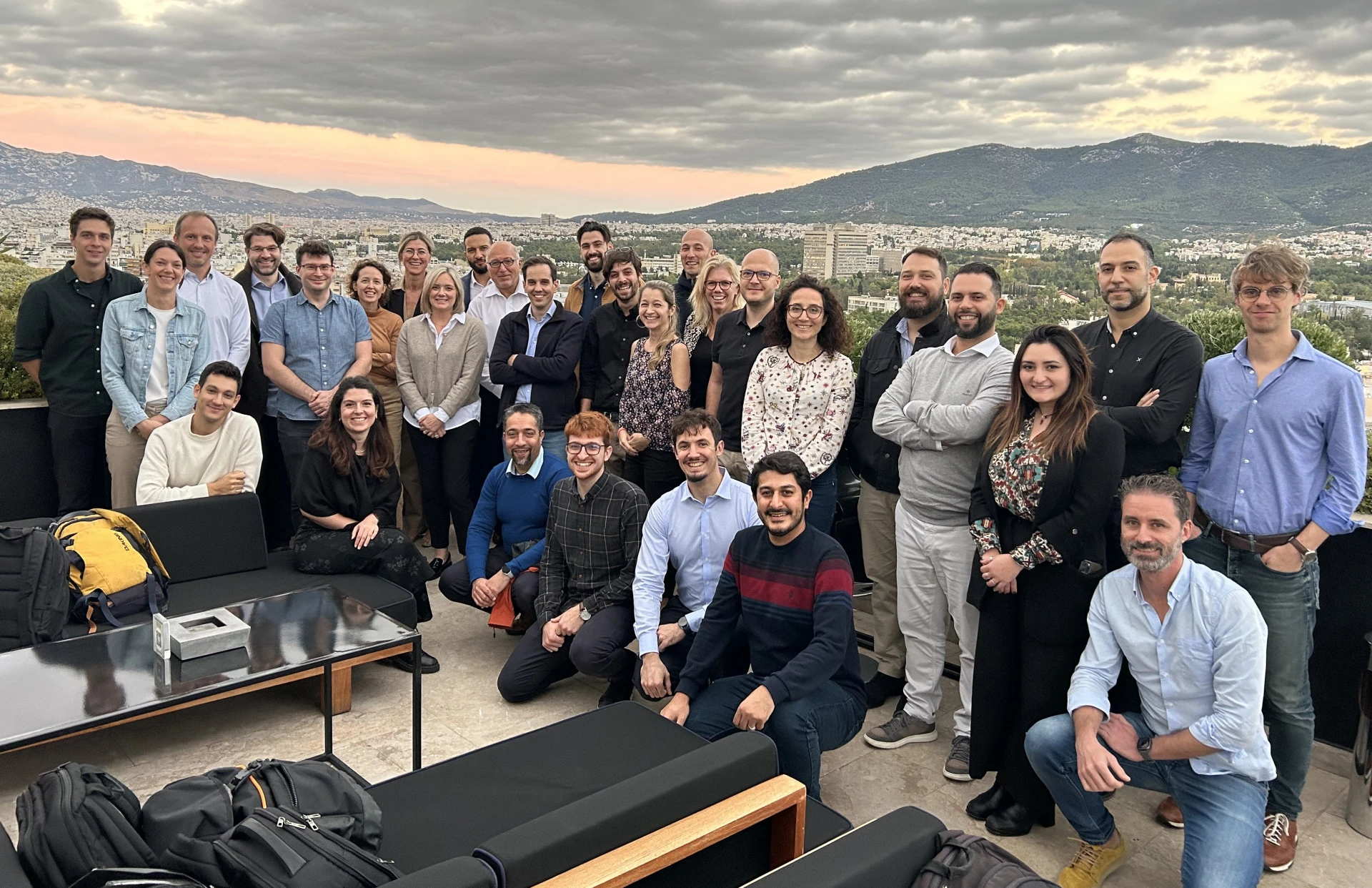This website uses cookies that store information about your usage of the page. By continuing to use this page you confirm you are happy with that.
Review and change how cookies are used.
The University of Hertfordshire and Robot House researchers have been awarded a grant from the European Union’s Horizon Europe programme as part of the SWAG (Soft Wearable Assistive Garments) project to create exoskeletal devices designed to assist strain-prone areas of the human body, focusing on the core and lower body. The project is a multidisciplinary initiative in the field of soft robotics, focusing on the development of soft lower extremity exosuits, or "soft wearable robots", for the lower body and core.

Coordinated by TWI Hellas, the SWAG project brings together 13 partners from Europe. SWAG aims to explore a fundamentally new approach to engineering soft structures that omit fully rigid materials for inflatable ones made from high-strength fabrics and films when manufacturing human-assistive exoskeletal devices that target strain-prone segments of the human body (i.e. lower body and core). Such soft wearable adaptive garments with actuation capabilities offer higher variable stiffness and force-to-weight ratios compared to other existing methods, and simultaneously entirely conform to each joint's intricate kinematics. Because of this, new design approaches can be used as building blocks to realise complete assistance for multi-degree-of-freedom joints, such as the ankle or hip, by adapting flexible and conforming motions achieved by continuum robot designs.

The project aims to replace traditional rigid materials found in exoskeletons, with high-strength, inflatable fabrics and sensing films to create smart, human-assistive, soft and lightweight garments. The envisioned exosuits will ensure user comfort and safety, while remaining virtually undetected, invisible under clothing due to their garment-like design.
Researchers from University of Hertfordshire and beyond are exploring new ideas around human-robot interaction.
Please get in touch to discuss booking requests, collaborative research ideas and how to access the Robot House facility.